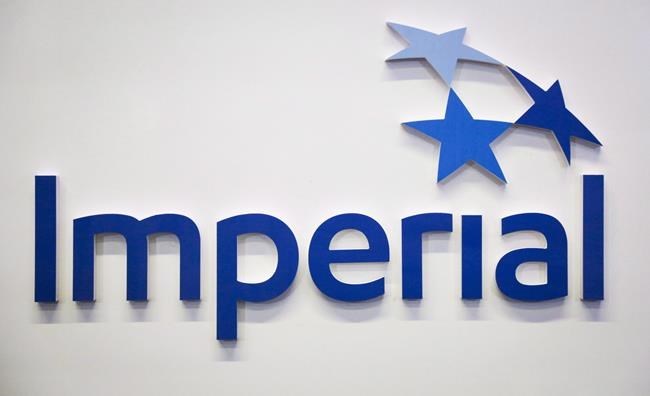EDMONTON — Alberta's energy regulator has given Imperial Oil until the end of the month to figure out a way to permanently fix ongoing seepage and overflows from tailings ponds at its Kearl oilsands mine that have already released thousands of cubic metres of contaminated wastewater.
And in an order released on Monday, the Alberta Energy Regulator has given the oilsands giant until the end of the week to come up with interim plans to stop the release before the spring melt.
Imperial must "provide an updated source control and containment plan detailing the actions required in the short term to effectively intercept and contain the substance from the releases prior to spring freshet ... on or before 4:00 p.m. on Feb. 10," says the environmental protection order.
According to the order, the leak was spotted in May when Imperial staff saw "discoloured surface water" both on and off the Kearl site north of Fort McMurray.
"The impacted area includes muskeg and forested public lands inhabited by various species of wildlife ... in proximity to a fish-bearing waterbody ... and tributaries that feed the Firebag and Muskeg Rivers," the order says.
By August, Imperial had determined that the water was from one of its tailings storage sites. The water exceeded guidelines for iron, arsenic and various hydrocarbons.
It took until November for Imperial to determine how the water had escaped.
"The issues are related to gaps within the seepage interception system," Imperial spokeswoman Lisa Schmidt said in an email.
That contaminated water continues to seep into the environment. The regulator said no impacts to humans or wildlife have been reported.
Meanwhile, the regulator said Imperial was responsible for a second release of tailings water into the environment in early February. The company said about 5,300 cubic metres of contaminated water was released when a storage pond overflowed.
"The cause of that release is still being determined," said Schmidt.
Imperial has been given a long list of tasks that must be completed by Feb. 28, in addition to a way to stop the seepage. They include a description of how far the seepage has spread, a plan to clean it up and ongoing monitoring of the site for environmental impacts.
"This order will help facilitate regulatory approvals to implement mitigation measures that have been proposed by Imperial," Schmidt wrote. "We regret this incident and are making every effort to learn from it and apply preventative measures."
She said Imperial hopes to address the overflow issue through additional monitoring and control measures, including water catchment.
The environmental protection order issued this week is the beginning of an investigation, a spokeswoman for the regulator said. The agency is able to lay charges and assess fines under environmental legislation.
In 2018, Nexen Energy, now known as CNOOC Petroleum North America, was fined $460,000 for a pipeline spill of bitumen emulsion that was about the same volume as Kearl's overflow release. The president of the Alberta Energy Regulator at the time called that spill one of the largest in Alberta's history.
Other fines assessed include an $80,000 penalty imposed on a company for failing to properly record its water withdrawals and a $125,000 fine on another for a pipeline leak. Both fines were levied in 2020.
This report by The Canadian Press was first published Feb. 8, 2023.
Bob Weber, The Canadian Press



